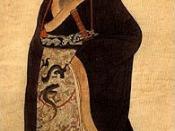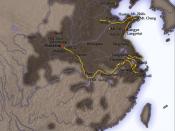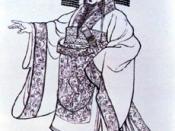The Qin/Ch'in Dynasty (221 BC - 206 BC) was preceded by the Zhou Dynasty and followed by the Han Dynasty in China. The unification of China 221 BC under the First Emperor (Qin Shi Huangdi) marked the beginning of imperial China.
The Qin government was totalitarian, which placed absolute power in the hands of the ruler, ruling by means of strict laws and harsh punishments. Qin Shihuangdi ruled exactly like this and took severe actions to eliminate all challenges to his authority. Those who criticized Qin politics were executed. To silence the criticism of imperial rule, the First emperor had the Confucian scholars who condemned the Qin for inhumanity and injustice were purged. It is said that around 400 scholars who criticized the Qin government were buried alive. All books and histories of the empire other than those having to do with agriculture or medicine were burned. Anyone who wished to be educated received basic education by government staff themselves.
This anti-intellectualism ran counter to the atmosphere of free learning that had prevailed in the Qin state in the years before. To reduce the threat of insurrection, descendants of the ruling houses of the six conquered states were forced either to relocate to the capital or be exiled. All weapons owned by private citizens were confiscated, and the metal either was stored in the capital, or the metal was used to help make the gigantic metal statues and bells that decorated the imperial palace.
Feudalism was abolished, and land was taken from landowners and distributed among peasants, who were then taxed by the central government. A new code of law was devised and applied to all citizens equally, regardless of rank.
Conscription was devised; Males between seventeen years old and sixty years old was to serve one year...


